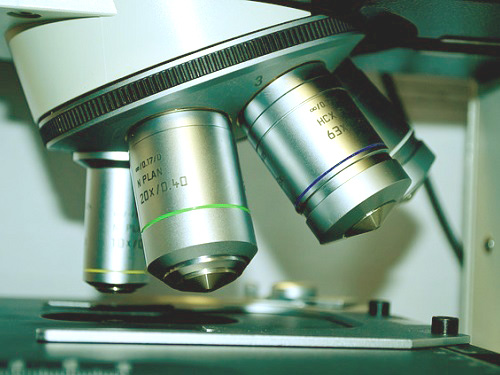One of the most important features of a filtration fabric is the air permeability. This feature is directly linked to the filter efficiency, in other words, the filtration area of a filter cloth or filter sleeve needs to have enough permeability to cope with all the fluid required to be processed. The other important feature is the particle retention ability of the fabric. A filtration fabric is required to hold as much particles as possible, as in most of the cases; these solid particles are expensive; mainly in the chemical and pharmaceutical industries.
In order to determine the retention capacity of fabrics a handful of methods have been developed in the past. Most of these methods have not been successful due to their peculiar design or their elevated cost. Texfiltra has developed the testing method TEX-MAX-60255 to offer a valid procedure to fulfil a demand in the filtration market.
Methods for testing retention capability of technical and filtration fabrics used up to date.
Bubble pressure test (Equivalent pore size of fabrics)..
This is a method that was designed in the sixties. By forcing a liquid, of a known superficial tension through a fabric, the medium radius of the pores of the fabric could be determined by calculation. The problem arises as the method does not take into account the shape of the pores. This means that any result can only be an approximation to the real pore size. This method is only of some use when comparing similar and homogeneous fabrics. Even knowing all these deficiencies, the method is still been used nowadays. In most of the cases the results obtained with this test method does not give a true measurement of the real pore of the fabric.
In non-homogeneous fabrics, as for instance the antistatic fabrics with epitropic or metallic fibres incorporated, the results might be quite wrong as the pore appears in the intercessions of the different fibres due to their different nature.
Particle retention tests.
Under this description we may find various methods used in deferent areas of technical textiles. Up to date, none of the developed methods has been standardised or internationally accepted. Laboratories such as BTTG and Whitehouse Scientific in England or ITV Denkendorf in Germanyhave developed particle retention tests that have been of some use in certain technical textiles areas. These methods have never been fully useful for filtration fabrics, and moreover, they are terribly expensive. For this reason they are hardly used in our industry.
All particle retention tests are based on the same principle: A particle contaminated gas of known particle size is forced through the fabric sample, and the particles that have past through it are measured. By doing this the size of the particles hold by the fabric can be determined by visualising and counting the particles hold on an absolute filter under the microscope or just by using a laser particle counter. The results are normally presented numerically or in graphic form.
New test method
Taking into account that it is of vital importance to have a valid and efficient method for determining the retention capability of a filtration fabric in its design stage, we decided start a research program that ended up with development the test method TEX-MAX 60.255; which offer an easy and scientific way to determine the retention capability of technical and filtration fabrics.
This test method describes a process in which a gas (air) contaminated with glass micro-spheres is fluidised and forced through a fabric (a sample to analyse). The micro-spheres which have not been hold by the fabric, that is, the ones that have gone through, are collected on an absolute membrane filter so that they can be measured in order to determine the particle retention capacity of the fabric.

